Regulating sterilization equipment at ANVISA
Any company interested in selling, importing, exporting or manufacturing sterilization equipment must be duly registered with ANVISA. This process is essential to ensure that the devices meet strict safety and efficacy standards before being made available on the market. In this blog, we will cover the main steps in the regulatory process for this equipment, as well as showing how Stone Okamont can offer expert guidance to lead you safely and efficiently along this path.
What you will see in this blog:
What sterilization equipment is
Sterilization equipment is a device used to eliminate or reduce the presence of microorganisms, such as bacteria, viruses and fungi, from surfaces and instruments. They are essential in medical, dental, laboratory and veterinary environments, where contamination can cause serious infections. This equipment ensures that materials, such as surgical and hospital instruments, are properly sterilized and safe for use on patients.
Risk Classification
The risk classification for sterilization equipment at ANVIS, which takes into account the level of complexity and the potential impact on patient health. This classification influences the regulatory process, determining whether the equipment should be notified or registered.
Class I equipment represents the lowest risk, while class IV has the highest risk. Class I and II devices require notification, while class III and IV require registration.Por exemplo:
Class I (Low Risk): Simple equipment with little or no contact with the patient.
Class II (Medium Risk): Equipment used to sterilize less invasive contact instruments.
Class III (High Risk): Equipment that sterilizes instruments in direct contact with internal tissues.
Class IV (Maximum Risk): Equipment used in highly complex procedures, with a greater risk to health.
Why it is necessary to register or notify ANVISA?
ANVISA (National Health Surveillance Agency) is responsible for regulating the sale and use of this equipment in Brazil. As they are classified as health products, their regularization is essential to ensure that they meet health standards and offer safety to users.
The regulatory process for sterilization equipment
Anvisa requires strict quality control in sterilization equipment. The registration process involves several stages, such as developing the project with tests and prototypes, drawing up a technical dossier, factory and periodic inspections, issuing the registration, among other stages. In order to obtain registration, the equipment must meet criteria such as effectiveness in eliminating micro-organisms, guaranteeing the safety of those operating the equipment, high quality materials and clear and precise instructions for use.
Stone Okamont can help you out!
Stone Okamont offers complete support for companies that need to regularize sterilization equipment with ANVISA. Our team of experts is prepared to help at every stage of the process, from risk classification to completing technical documents and electronic applications.
Here's how we can help:
Analysis and Classification: We correctly identify the risk class of your equipment, ensuring that you follow the appropriate process (notification or registration).
Preparation of the Technical Dossier: We prepare all the necessary documentation, including the safety and efficacy studies required by ANVISA.
Application and Follow-up: We carry out the electronic application to ANVISA and follow the process until approval.
Personalized Consulting: We offer strategic guidance to speed up regularization and ensure compliance with all regulatory requirements.
Count on Stone Okamont to facilitate and speed up the regularization of your equipment, allowing you to focus on what really matters: your business!
Want to know the ideal path
FOR YOUR COMPANY?
Request a quote here.


